Synopsis - Demon Slayer: Infinity Castle
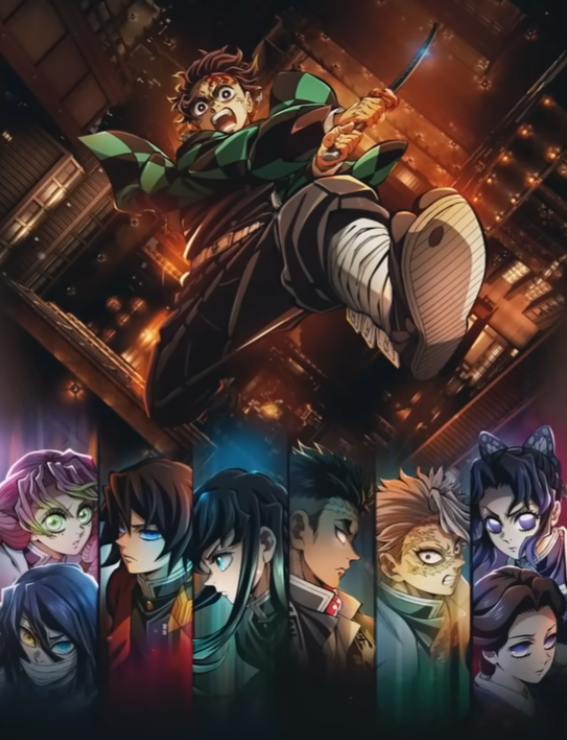
The Hashira finally confront Muzan Kibutsuji and decide to strike together. But before the fight even begins, they are pulled into the Infinity Fortress, Muzan’s lair, where they end up separated on different battlefronts.
Meanwhile, Tanjiro and his companions attempt to reach the leader of the Demon Slayer Corps, but they too are dragged into the strange realm created by Muzan. This place is the legendary Infinity Castle, the stage for the ultimate showdown between demon slayers and demons.
With a runtime of 2h35, the film surprises by choosing not to rush the story. Instead of cutting details, it takes time to explore each arc and character. The result is a delicate balance: more depth and emotion, but also an abundance of flashbacks that may wear on some viewers.
Official Trailer
Review
Visuals and Sound
What stands out immediately is the sound. Demon Slayer has always had a memorable soundtrack, but here the impact reaches another level. The mixing is powerful and immersive, heightening the cinematic experience.
The animation is just as remarkable. Battles are fluid, detailed, and visually stunning. Ufotable keeps its trademark quality, balancing 2D and 3D elements under the direction of Haruo Sotozaki and Hikaru Kondô. The score by Yuki Kajiura and Go Shiina fits every moment perfectly, and original songs from artists like Aimer and LiSA add to the epic atmosphere.
This is the kind of film that deserves to be seen on the big screen, where visuals and sound combine to create a spectacular experience.
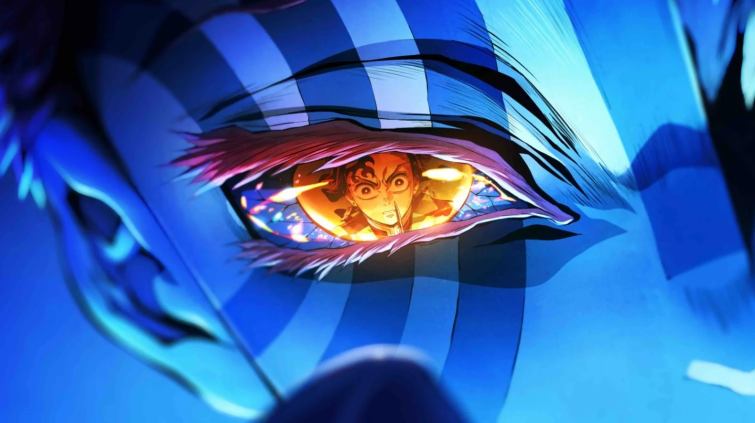
Characters in the Spotlight (and Those Left Behind)
From the start, the film makes it clear who will drive the story. Tanjiro and Giyu form the central duo: Tanjiro’s determination and impulsiveness paired with Giyu’s calm and precision. Together, they deliver some of the most moving battles in the film.
However, the Insect Hashira steals the show in her confrontation with Dōma. Small, composed, and determined, she faces his almost divine cruelty in a fight that is not only physical but also psychological and incredibly tense.
Some characters, however, are left in the background. Inosuke gets little screen time, Muzan acts more as a looming presence than an active villain, and other Hashira, along with Nezuko, do not receive much focus.
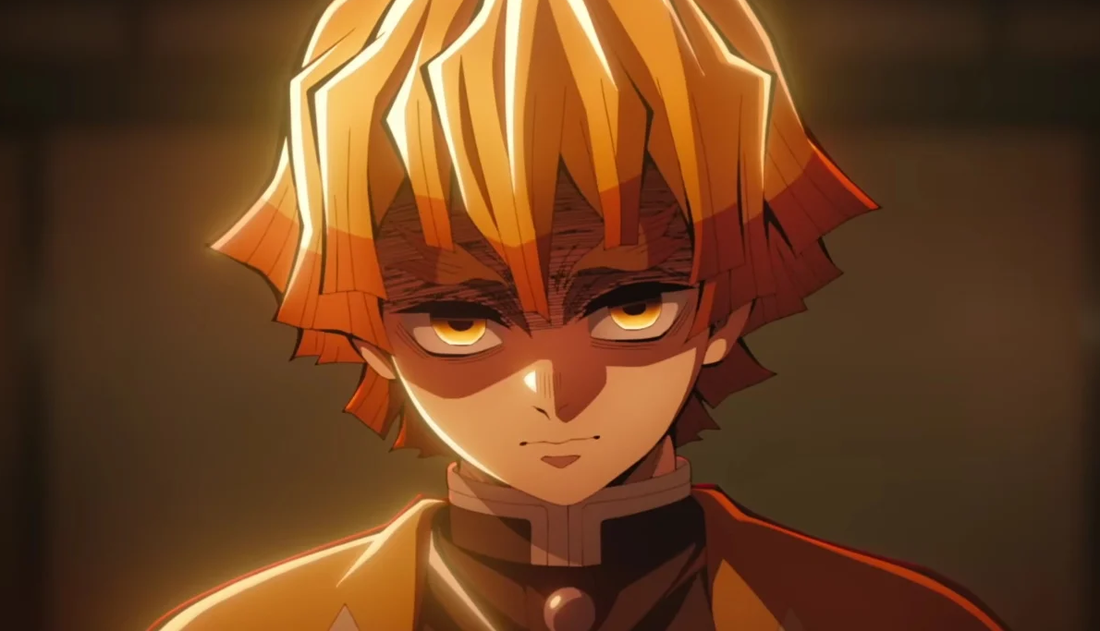
On the other hand, Zenitsu gets his moment and finally shows growth. Even Akaza, one of the most hated villains for his battle against Rengoku, has his backstory explored in an unexpectedly emotional way. This partial redemption adds new depth to his character and shows that even demons carry pain and tragedies from their pasts.
Tanjiro’s inner monologues, a hallmark of the series, are also preserved in a natural way, keeping the audience closely connected to him.
Narrative Pacing
The film divides neatly into two halves. The first half is packed with action, filled with intense and breathtaking battles. The second half slows down significantly, delivering numerous flashbacks and explanations that add weight to the story. This works well for viewers who enjoy deeper character exploration, though it may feel slow for those looking for nonstop action.
This approach gives the story an almost episodic feel, like anime episodes strung together. For manga fans, that’s a plus, but for casual viewers it may feel like long pauses between the action scenes.
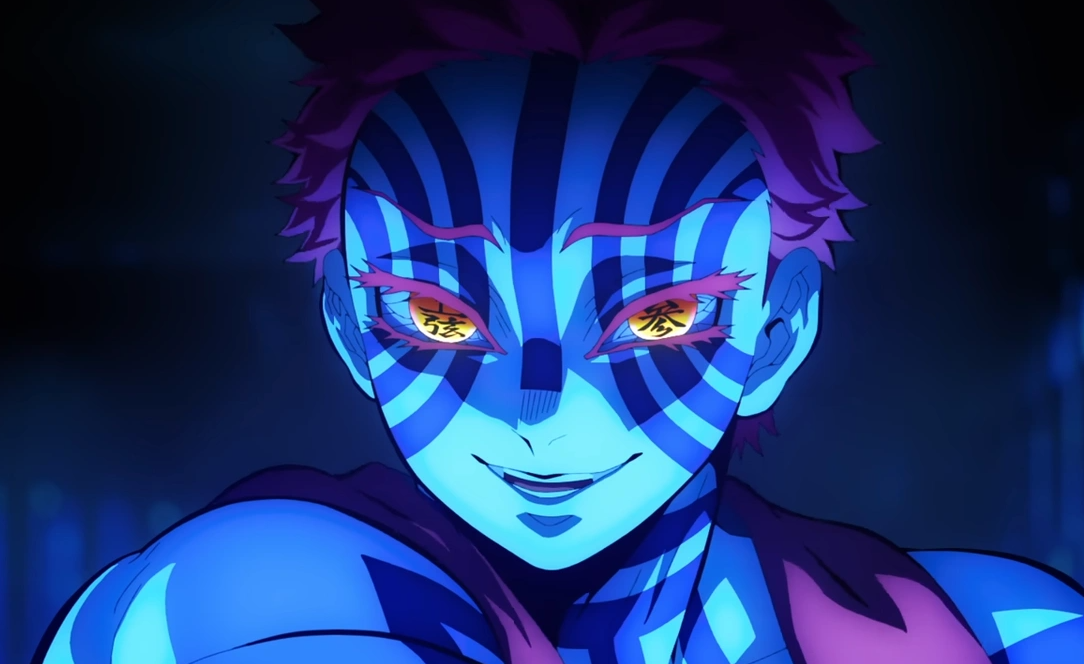
Even so, the film manages to balance emotion and spectacle. The flashbacks humanize the villains and create moments of unexpected empathy. The Infinity Castle itself plays a key role in the narrative: its shifting architecture and suffocating atmosphere add to the constant sense of danger.
In the end, the pacing is not perfect, but the film still delivers an engaging experience, blending visual spectacle with emotional drama and paving the way for the next installments.
When Will Demon Slayer: Infinity Castle Part 2 and Part 3 Be Released?
According to Anime Rave, each installment will be released about two years apart:
- Part 2: expected in 2027
- Part 3: expected in 2029
With this schedule, the adaptation of the final arc will wrap up roughly ten years after the anime’s debut in 2019, showing the effort to give the saga a worthy conclusion.
Technical Information
- Title: Demon Slayer: Kimetsu no Yaiba - Infinity Castle
- Original Title: Gekijô-ban Kimetsu no Yaiba Mugen Jô-hen
- Year: 2025
- Runtime: 155 minutes
- Director: Haruo Sotozaki
- Writer: Koyoharu Gotouge








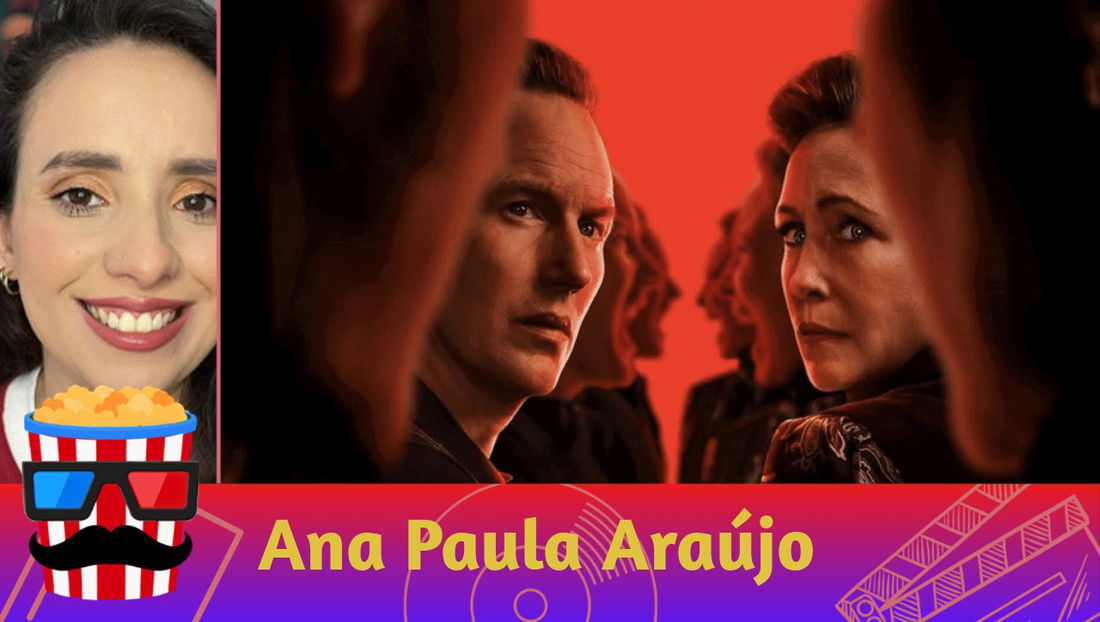

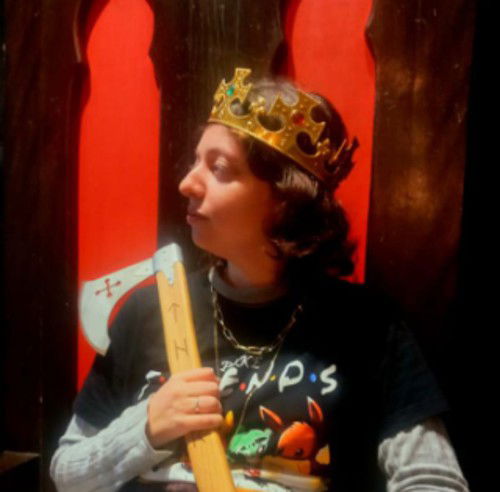

— Kommentare 0
, Reaktionen 1
Sei der erste der kommentiert